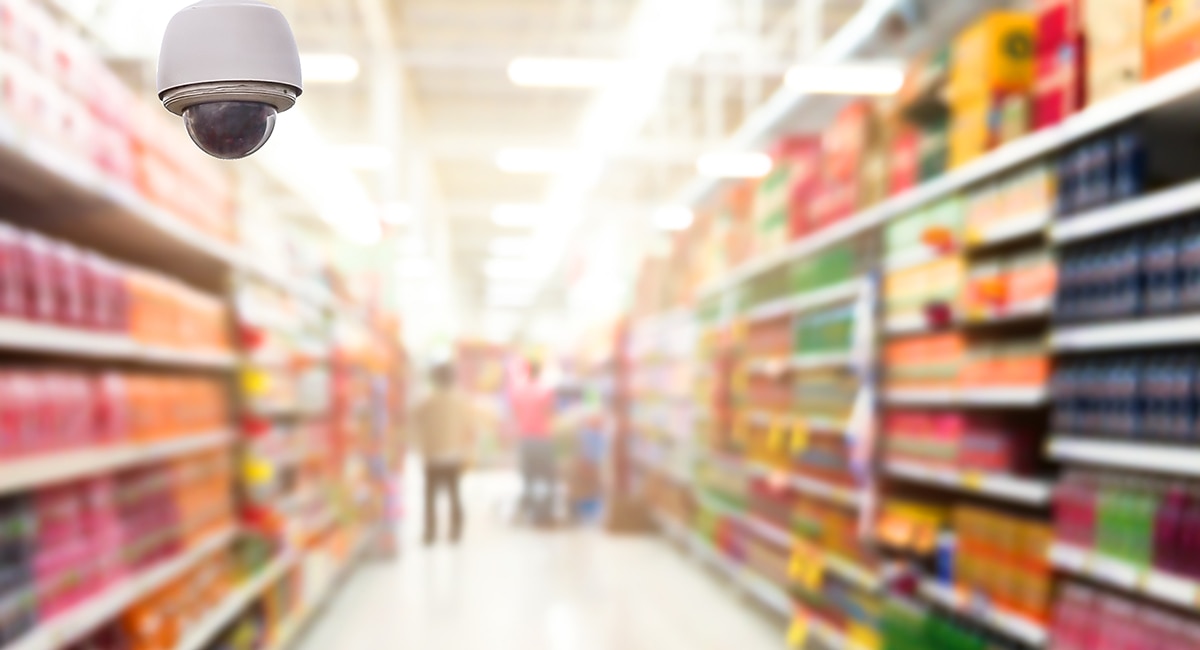September 02, 2020
AI-Enhanced Data Unlocks Powerful Insights for Retailers
To optimize online and brick-and-mortar experiences, companies need in-depth customer insights.

Learn how CDW can help organizations improve their data-driven decision-making.
One of retail’s most versatile data solutions is computer vision, a form of AI that enables computers to glean insights from the visual information flowing to digital cameras. Recommendation engines are also on the rise, letting retailers leverage data to deliver timely, customized experiences.
These advances support easier, more personalized shopping for consumers — exactly what they’re looking for.
Computer Vision Helps Retailers Improve a Variety of Operations
In computer vision, AI is pretrained on a product environment and converts visual data into a readable format. Integrated into existing surveillance systems, it layers new capabilities — counting items, evaluating behavior and sending alerts — on top of camera feeds.
Loss prevention is one of the most valuable use cases. In self-checkout lines, computer vision detects customers who don’t scan all their items. If someone shoplifts, the solution adds his or her facial image to a database that can be shared across a retailer’s network. If that person visits another store in the chain, the solution alerts loss prevention staff so they can take appropriate action.
Computer vision also puts keen eyes on behavior from an operations perspective. Store space, of course, follows the same mantra as real estate: location, location, location. Understanding where customers stop, how long they linger and what they buy helps retailers identify premium in-store spots and adapt placement — and pricing — accordingly.
These insights also improve ordering and restocking. During the COVID-19 pandemic, we’ve all seen the importance of supply chain optimization. When shoppers had trouble finding toilet paper, the situation wasn’t because of a manufacturing shortage; it was because consumers used available stocks faster than retailers expected. If companies use data to spot those trends early, they can react more quickly.
Computer vision also lets retailers offer app-supported and autonomous checkout. In autonomous checkout, cameras track customers throughout the store as they put items in a cart, and customers pay automatically through an app when they leave the store. App-supported checkout lets customers scan items with their phone and receive a QR code they show to a cashier.
Recommendation Engines Deliver Timely, Personalized Experiences
In their online operations, retailers use data to deeply understand their customers and then deploy recommendation engines to earn more of their business. The pandemic has also put a spotlight on this area of retail in a way that’s been highly favorable to certain sectors.
For example, consider just how much a grocer can learn about a household based on its online shopping. Through recommendation engines, grocers can use those insights to suggest relevant purchases, remind customers they likely need an item because they typically buy it on a certain cadence, and expand customers’ product range by highlighting alternatives. They can even tell customers what to cook for dinner — because they know what’s in their refrigerators.
The common thread among these solutions is that they touch customers in some of their most personal, day-to-day experiences: feeding their families, stopping by the hardware store, browsing a favorite shop online. When retailers integrate AI-supported analysis into these processes, they can elevate the experience — on both sides — in new and powerful ways.


